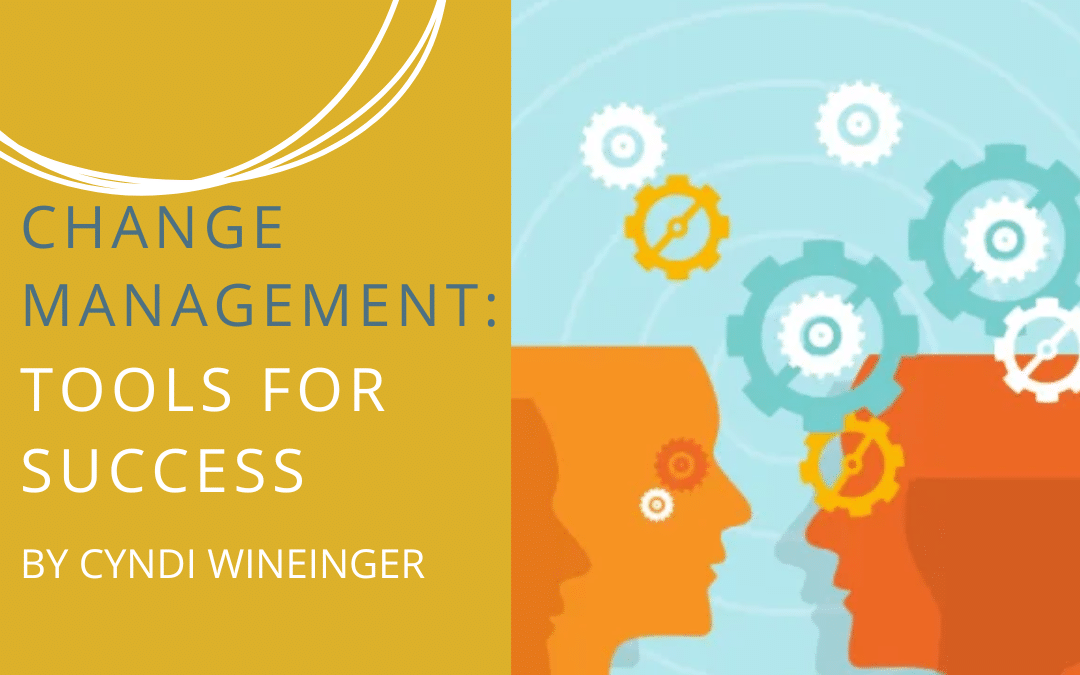The Greek philosopher Heraclitus said, “Change is the only constant in life.” We’ve seen enough lately to know this is certainly the case in business. Who thought that, in today’s day and age, a Silicon Valley bank could go bust?
There’s a reason we study and train on change. 
As leaders, we are change agents – bridging the gap between what is happening and what is possible. Scaling a business requires change. Developing our team requires change. Growing ourselves requires change.
Our brains like repeat.
Research shows our brains want to repeat tasks 75-95% of the time. Think about it like this: did you have to dial-in your brain and think about brushing your teeth this morning? When you tumbled out of bed and stumbled to the kitchen to pour yourself a cup of ambition, were you consciously making a decision? If you had discovered you were out of your morning drink, imagine how your mind would come to a complete awareness in that moment. You would begin processing how to get your drink and how to solve the problem. And chances are, you would feel a sense of frustration or anger at your unconscious process having to become conscious. You just got disrupted.
Change is disruption.
Our brain doesn’t want to be disrupted – same equals safe. If I find the best way to do something and continue doing it, then my brain reads this as being safe. Imagine if you had to drive 100mph to work every day, through neighborhoods along with other crazy people driving the same way. How long would you do it? Not long! The amount of energy to accomplish that task safely (before you even arrive to work) would not leave much mental space for you to be successful at work – you’d be exhausted!
 Change is Constant.
Change is Constant.
As leaders, we must lead our teams safely through change. If we expect them to drive 100mph to every project every day, then give them 10 projects to complete, then change our minds on the requirements while forgetting to inform them, they will lose trust and faith in our leadership. Helping the brain stay focused and calm is a key part of our job in leadership.
Next time you’re about to create change, consider these brain calming steps:
- Strategize the big picture. Set your three big “Rocks” or strategic priorities in place before putting 100 small pebbles in the jar. (Call Darcy, she is the pro at guiding you through this!)
- Visualize change for people. Literally hang up images, calendars, graphs, etc. Help the brain normalize on what success looks like by seeing it before it happens.
- Gain input on the process. When we are a part of the planning, we are already teaching our brain how to do the work.
- Have a plan for the change itself. Change management is not about a communication plan. It involves casting vision to educate people on the need for change, making sure everyone has the knowledge and ability to do the work, motivating people and setting rewards in place.
Heraclitus had it right – change is a constant part of life. And becoming change agents is a constant part of leadership.
Cyndi Wineinger is a certified ProSci Change Management Consultant and welcomes the opportunity to discuss healthy change management in your organization.

